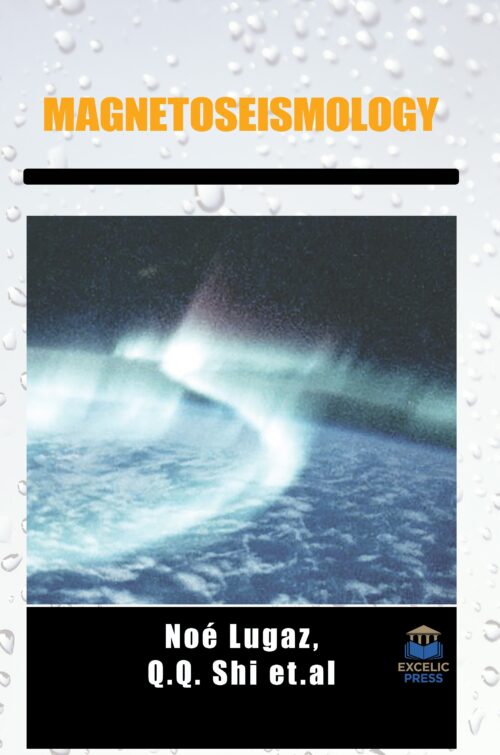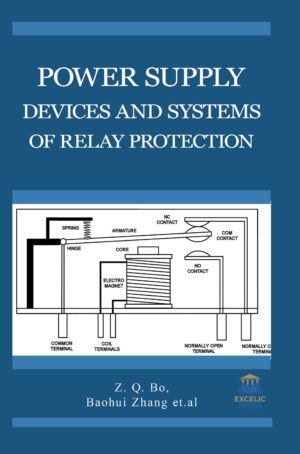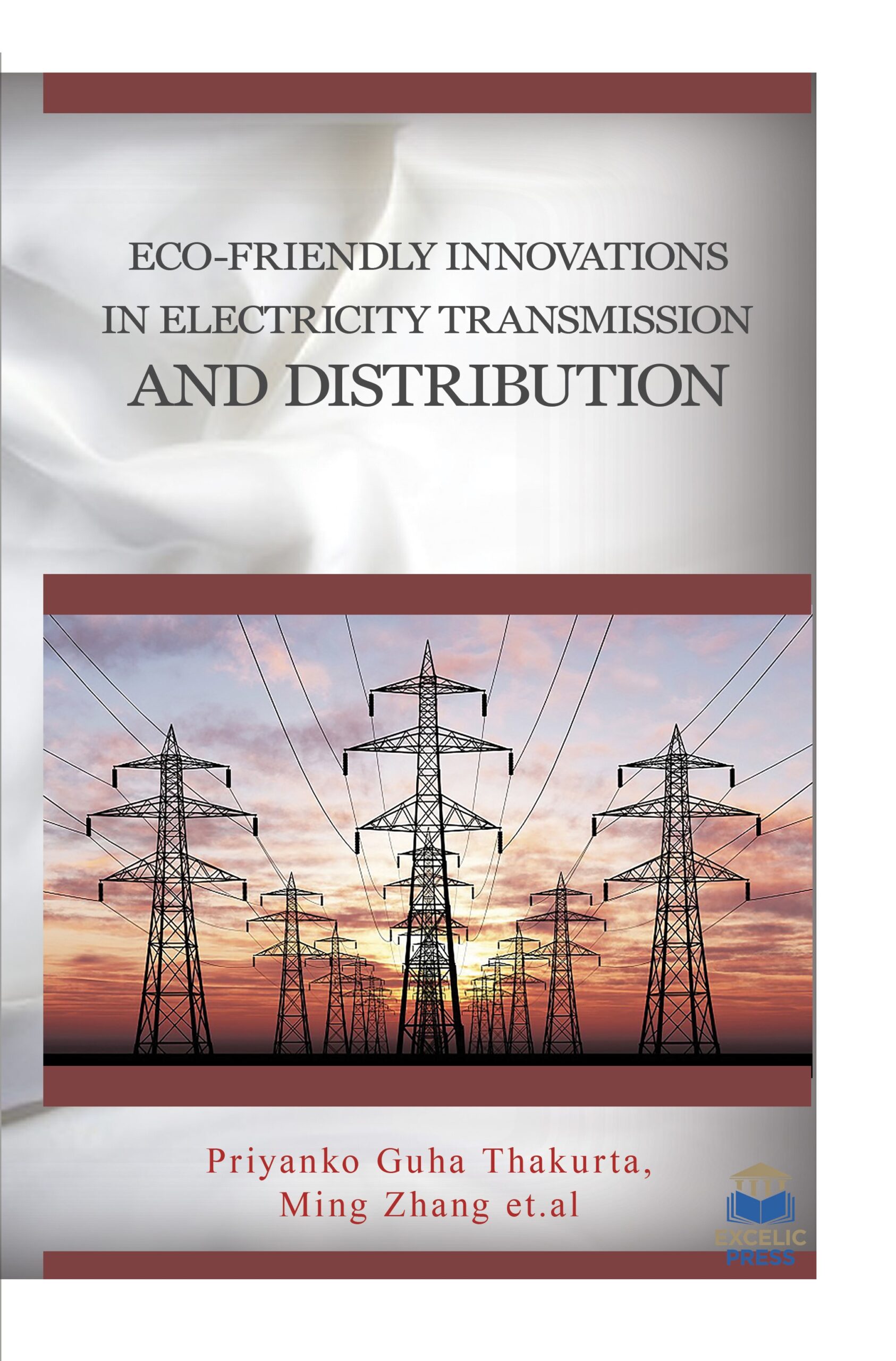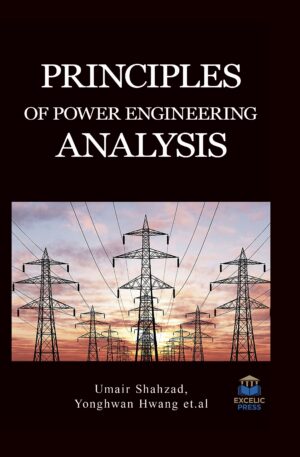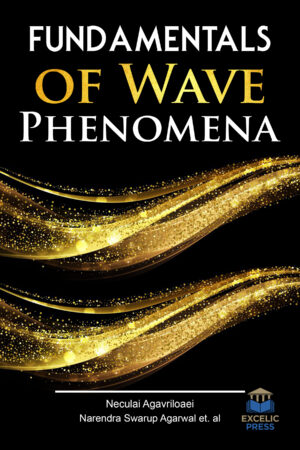Description
Remote-sensing observations have had a noteworthy impact on our knowledge of the structure and dynamics of these and many other boundary-layer phenomena. Ground based remote sensing techniques are both cheaper and less labor intensive than the alternative option of excavation, and given the current position some years after the introduction of PPG16, the use of geophysical survey as a pre-excavation component of archaeological investigation seems set to continue to expand. With the advent of modern satellite systems it will be possible within the next 20 years to observe important climate parameters remotely with unsurpassed time and spatial resolution. The future function of these systems is, to a large extent, dependent on today’s development of detection techniques of climate parameters from ground-based remote sensing. Similarly, where climate parameters are already measured from space, their value is inevitably linked to accurate validation at the ground. Although geophysical surveying has been used for many years, the prediction of the potential success or failure of any method to identify archaeological remains is largely dependent upon much localized conditions. Magnetic susceptibility can be used to pinpoint areas where magnetometers are most likely to be successful, although it is quite possible to detect features even where the susceptibility is low, providing other factors are present.
This comprehensive guide of magnetoseismology delivers the physics behind these movements and waves, and elucidates how to perceive and examine them. It also detailed the principles as used to remote sensing of near-Earth space and allied remote sensing systems. The role of ground-based remote sensors in boundary-layer research is reviewed, emphasizing the contributions of radars, sodars, and lidars aimed at the determination of optical and physical properties of aerosols and clouds as well as at the assessment of the general atmospheric state parameters (temperature, wind, moisture).
This novel edition will be of interest to practitioners and researchers in physics of the Earth’s magnetosphere and ionosphere, along with students, academics and scientifically well-educated laypersons with a curiosity in understanding space weather procedures and how these associated to the dynamic behavior of near-Earth space.

